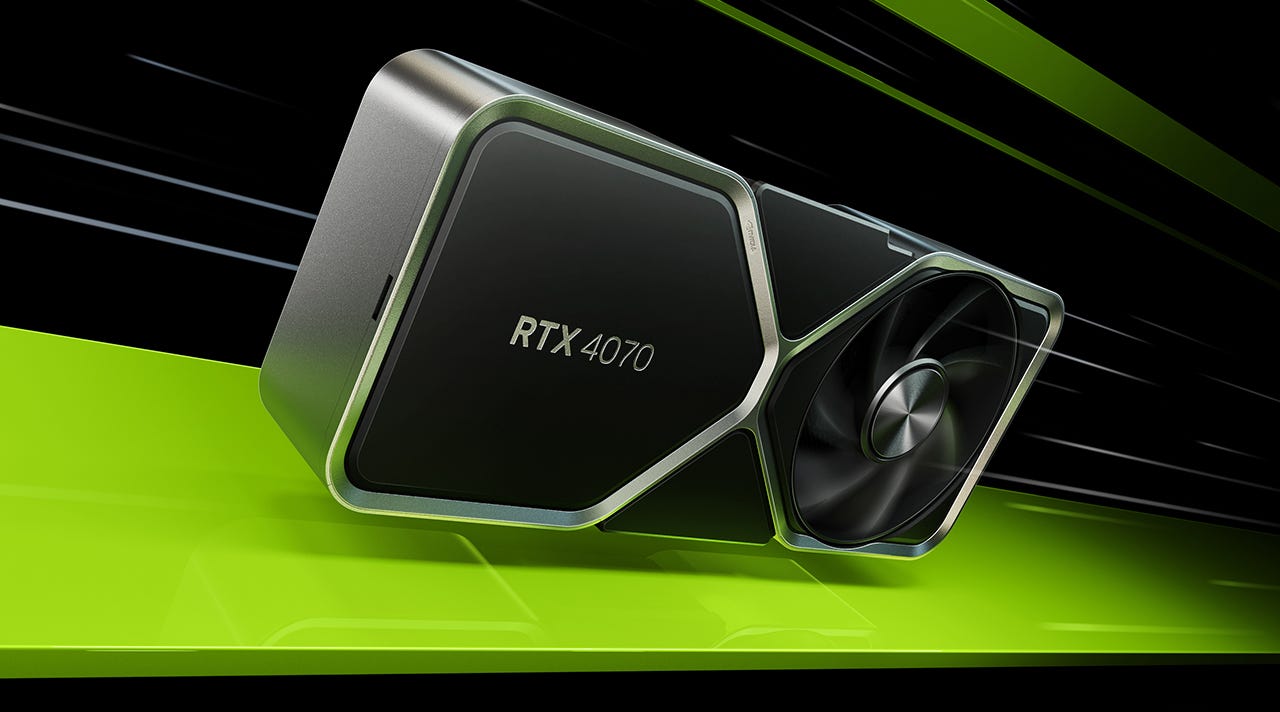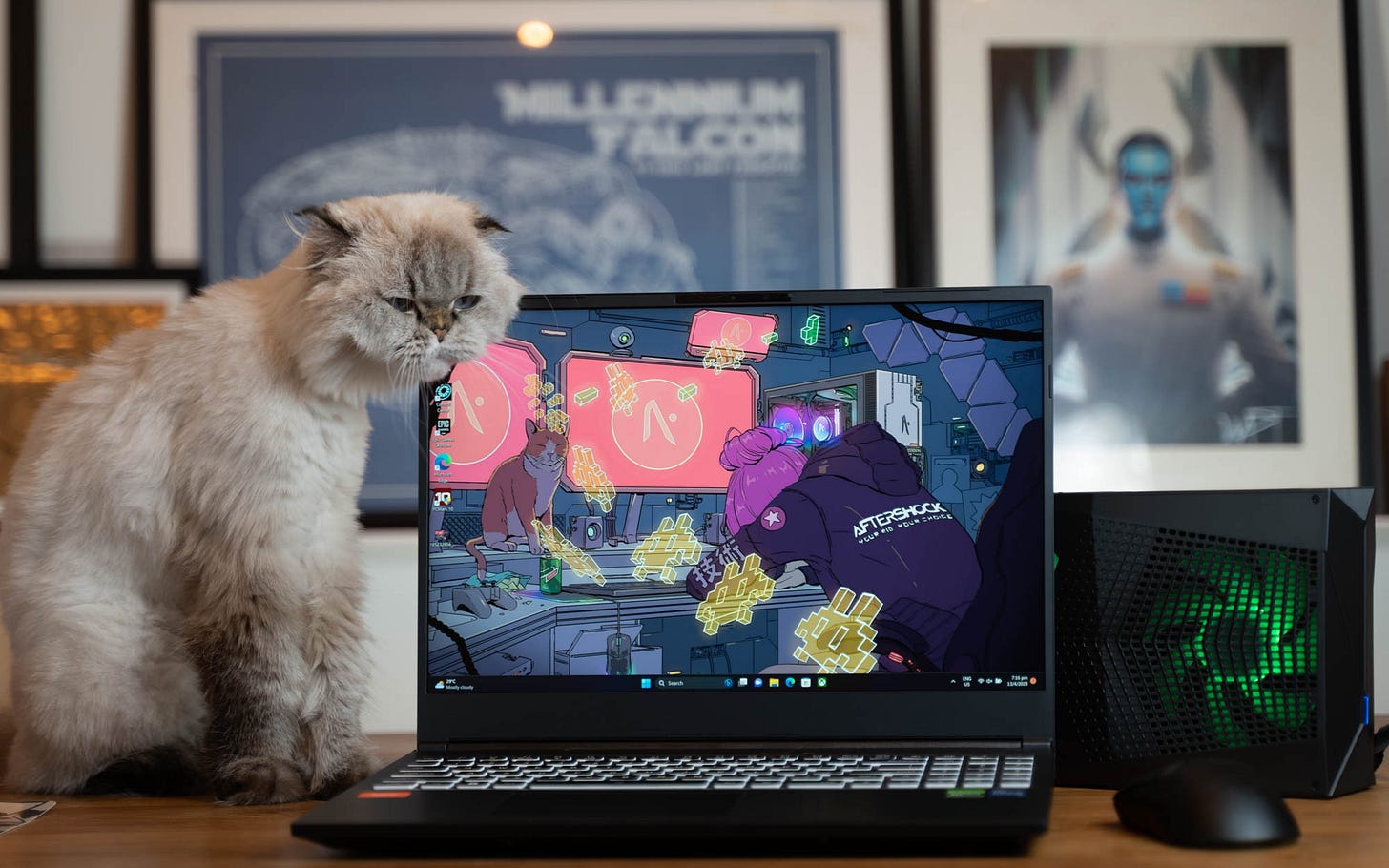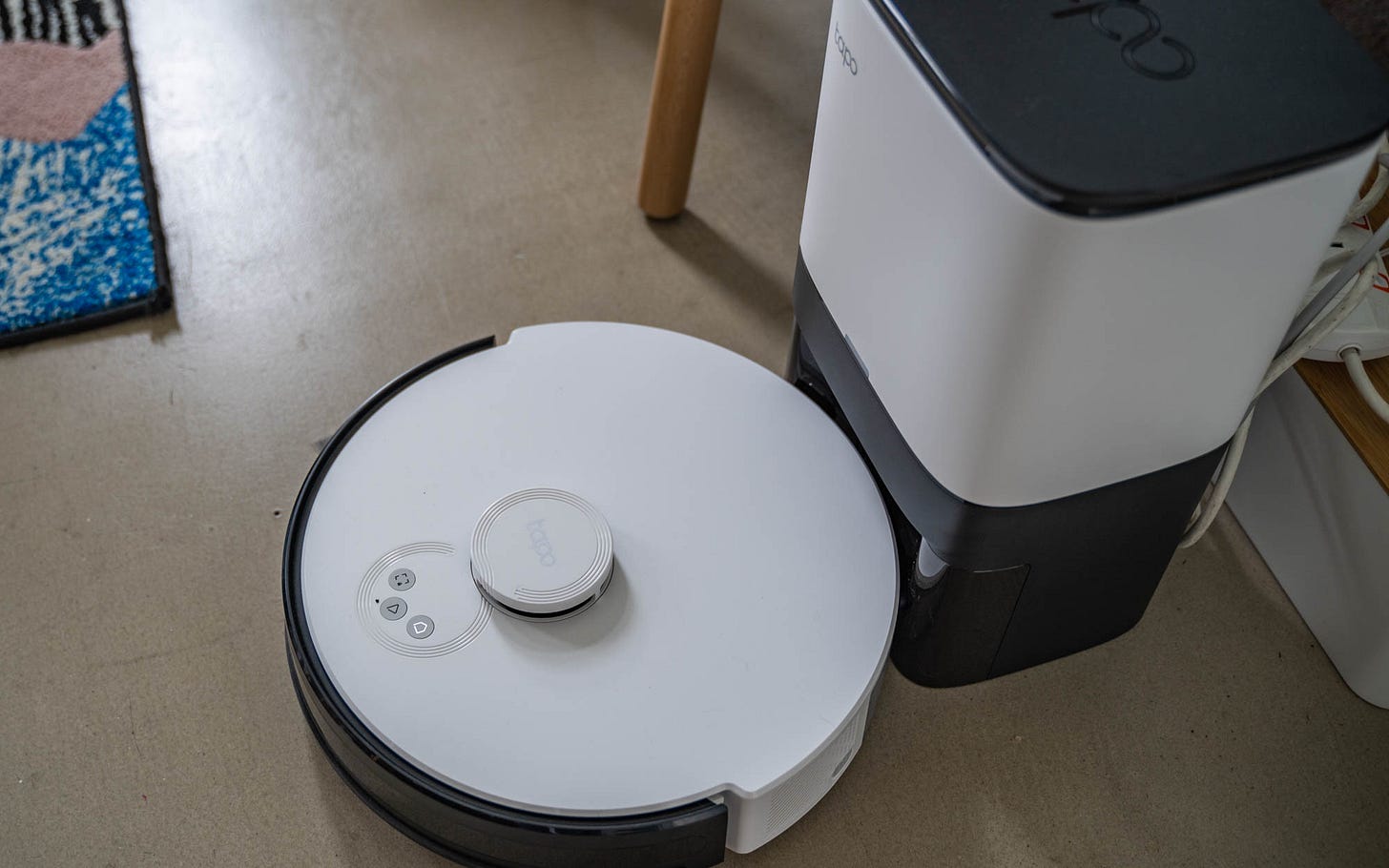Graphics cards inflation
Whatever happened to Moore's Law
Last week saw the introduction of Nvidia’s GeForce RTX 4070 desktop graphics card, which “lets you max out your favourite games at 1440p”. Boasting better performance and power efficiency than the previous generation, the RTX 4070 will come with Nvidia's DLSS 3 upscaling tech. It is also more compact than the higher-end RTX 4090 and RTX 4080 cards. We’re putting one through the paces now, so stay tuned for the review.
The RTX 4070 sounds good — until you get to the SRP (US$599), which starts at US$100 more than comparable models of the previous generations. Yes, you get more raw performance, but it’s yet another price hike. Remember, we’re talking about SRP here. Street prices for graphics cards have indeed fallen drastically since the cryptocurrency boom several years ago. In Singapore, the vanilla RTX 4070 will cost you around S$900 to S$1,000, while the older RTX 3070 will set you back around S$700. It’s no wonder the most popular graphics card on Steam is the RTX 3060 (around S$500). Whatever happened to Moore’s Law, which basically says that computing power will get faster, and hence cheaper with time?
But at least you won’t have any trouble buying the new RTX 4070 due to the slowdown in cryptocurrency mining. A cursory check at online shopping platforms like Lazada and Shopee throw up lots of options — at their SRP, no less. Of course, it’s possible that these prices will further widen the gap between PC and console gaming. A Sony PlayStation 5 can be had for S$600 to S$700, and there’s now sufficient stock. The Xbox Series S (with a Game Pass) remains very affordable at S$470. New console games may be more expensive than PC titles, though subscriptions like Game Pass and PlayStation Plus may work for some users.
This week, we checked out Aftershock’s latest gaming powerhouse — with optional water cooling, Sony’s off-ear headphones, and TP-Link’s affordable robot vacuum.
Aftershock’s latest Nova 16X is a proper flagship gaming laptop. Besides having top specs like a 13th-gen Intel Core processor and Nvidia GeForce RTX 40 Series graphics, this notebook also supports an external, optional water-cooling module that does a great job at keeping the heat and noise down.
If you need to be aware of your surroundings while listening to music, the Sony Float Run is a good choice. These comfortable headphones hook on the outside of your ear, with a band that rests around your neck. However, audio quality takes a bit of a hit due to the open nature of these headphones.
The TP-Link Tapo RV30 Plus uses lidar to avoid obstacles, and is hence less likely to get stuck. The Plus version tested also has a water tank and mop, as well as an auto empty dock. The robot vacuum is also not as noisy as expected, measuring around 70 decibels at the standard setting.





